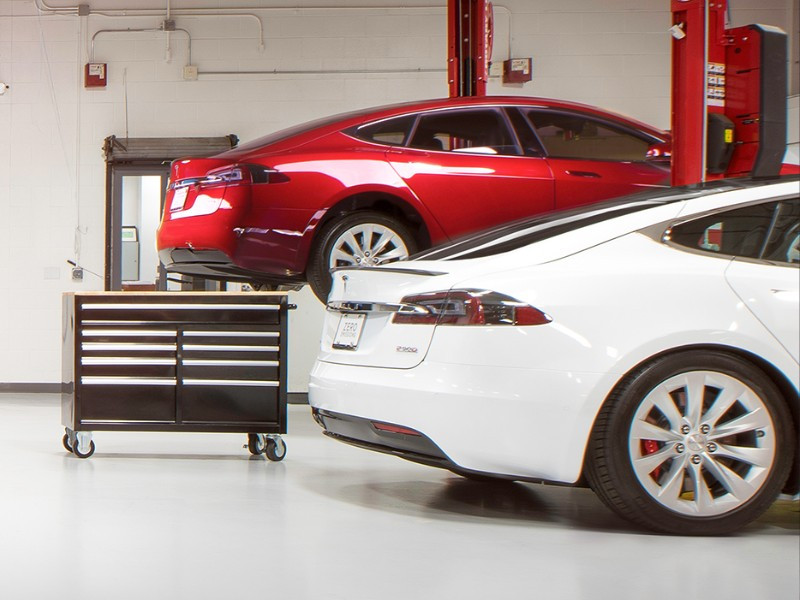The automotive industry has seen tremendous changes in the past few decades, with technology playing a major role in shaping the industry’s future. The use of technology has impacted every aspect of the automotive sector, from manufacturing to sales to maintenance and repairs. In this article, we will explore the future of auto repairs and how technology is changing the industry.
One of the most significant technological advancements that is transforming the auto repair industry is the use of diagnostics tools. These tools allow mechanics to quickly and accurately identify the root cause of a problem in a vehicle. Unlike the traditional method of manually inspecting and troubleshooting each component of a car, diagnostics tools use computer algorithms to detect any issues in a vehicle’s electronic systems. This not only saves time but also helps to prevent misdiagnosis and the costly replacement of unnecessary parts.
Another significant advancement in the automotive repair industry is the use of augmented reality (AR) and virtual reality (VR) technologies. With AR and VR, mechanics can access information on vehicle components and systems in real-time, making repairs and maintenance more efficient. For instance, a mechanic can use AR technology to overlay images and instructions on top of the engine, guiding them through complex repair procedures.
The use of artificial intelligence (AI) is also becoming more prevalent in the automotive repair industry. AI-powered systems can monitor a vehicle’s performance and identify issues in real-time. This allows mechanics to detect problems early and take preventive measures, reducing the likelihood of breakdowns and costly repairs. AI-powered systems can also provide personalized maintenance schedules based on the individual driving habits of the vehicle owner.

In addition to these technological advancements, the use of 3D printing is also transforming the auto repair industry. 3D printing allows mechanics to create customized parts that are not readily available in the market. This can save time and money by avoiding lengthy wait times for parts to be delivered or the need to replace entire components.
However, with the increased use of technology in the auto repair industry, there are also some potential downsides to consider. One of the major concerns is the high cost of investing in these technologies. Small repair shops may not have the financial resources to purchase expensive diagnostic tools or invest in AI and 3D printing technologies.
Another potential downside is the risk of job displacement. With the increased use of automation and AI-powered systems, some tasks traditionally performed by human mechanics may become obsolete. This could lead to a reduction in the number of jobs available in the industry.
The future of auto repairs is closely linked to technological advancements. As the industry continues to evolve, it is important for repair shops and mechanics to embrace these changes and adapt to the new technologies. This will not only improve the efficiency of repairs and maintenance but also ensure the longevity of the industry for years to come.





